Lesson 6
Fingers and 10-frames
Warm-up: How Many Do You See: 5 and Some More (10 minutes)
Narrative
The purpose of this How Many Do You See is to allow students to use subitizing or grouping strategies to describe the images they see.
In this activity, students have an opportunity to look for and make use of the 5 and some more structure of fingers (MP7).
Launch
- Groups of 2
- “How many do you see? How do you see them?”
- Flash the image.
- 30 seconds: quiet think time
Activity
- Display the image.
- “Discuss your thinking with your partner.”
- 1 minute: partner discussion
- Record responses.
- Repeat for each image.
Student Facing
How many do you see?
How do you see them?


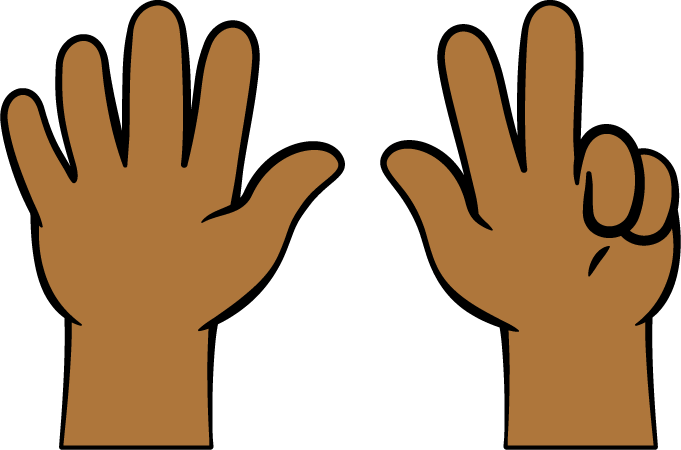
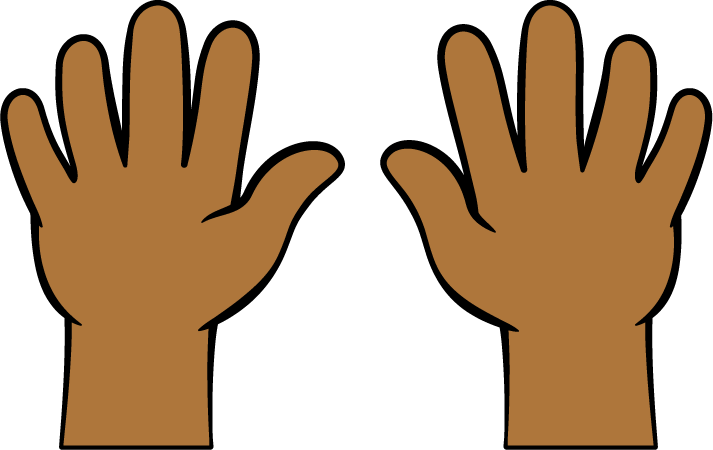
Student Response
For access, consult one of our IM Certified Partners.
Activity Synthesis
- “How can I show 11 on my fingers?” (You don’t have enough fingers. You could work with a friend.)
Activity 1: Lots of Fingers (10 minutes)
Narrative
Launch
- Groups of 2
- “Show 5 with your fingers.”
- 30 seconds: independent work time
- Invite a student who holds up 1 hand without counting their fingers to share.
- “How do you know that you are holding up 5 fingers?” (I know I have 5 fingers on each hand.)
- “Show 6 with your fingers. Did you and your partner show 6 the same way?”
- 1 minute: partner work time
- “Show 10 with your fingers.”
- Invite a student who holds up all of their fingers without counting them to share.
- “How do you know that you’re holding up 10 fingers?” (I know that I have 10 fingers, so I put them all up.)
Activity
- “Show 13 with your fingers.” (I can’t, because I only have 10 fingers.)
- 30 seconds: independent work time
- “Work with a partner to show 13 with your fingers.”
- 1 minute: partner work time
- Monitor for groups in which 1 partner holds up 10 fingers and the other partner holds up the rest of the fingers.
- Repeat with numbers 15, 18, and 20.
Student Response
For access, consult one of our IM Certified Partners.
Activity Synthesis
- Invite previously identified students to share 17 with their fingers.
- “How many fingers is _____ holding up?” (10)
- “How many fingers is _____ holding up?” (7)
- “How many fingers are they holding up altogether?” (17)
- “10 and 7 is 17.”
Activity 2: Fingers to 10-frames (10 minutes)
Narrative
The purpose of this activity is for students to recognize numbers 11–19 on images of fingers and represent the same numbers on 10-frames. Students may count each finger and each counter as they create groups with the same number of counters as fingers. They may make a connection between all the fingers on two hands and a full 10-frame and use that connection to make a group with the same number by filling in a 10-frame and then attending to how many additional fingers there are (MP7). If students represent numbers on the 10-frame without counting, ask, “How do you know you have the same number of counters and fingers without counting them?”
In the activity synthesis, students discuss and compare different ways to arrange the additional counters that do not fit on the 10-frame. While students may arrange their additional counters in a way that makes sense to them, these materials will show the additional counters arranged under the 10-frame.
Advances: Conversing
Supports accessibility for: Conceptual Processing
Launch
- Groups of 2
- Give each group a 10-frame and counters.
- “One partner figures out how many fingers there are. The other partner shows the same number of counters on a 10-frame. Take turns for each problem.”
Activity
- 5 minutes: partner work time
- Monitor for students who arrange the additional counters underneath or on the side of the 10-frame in different ways.
Student Facing
  |
 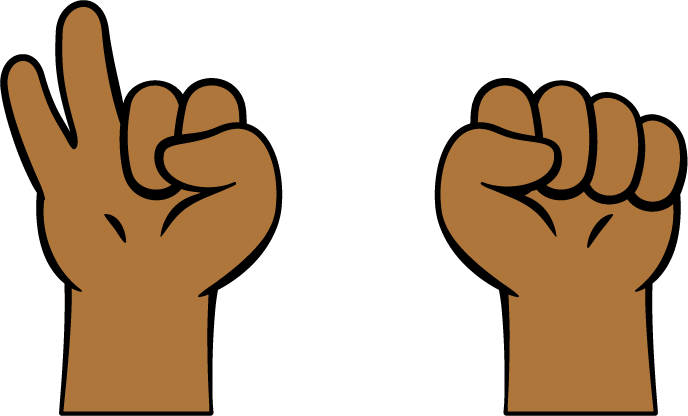 |
 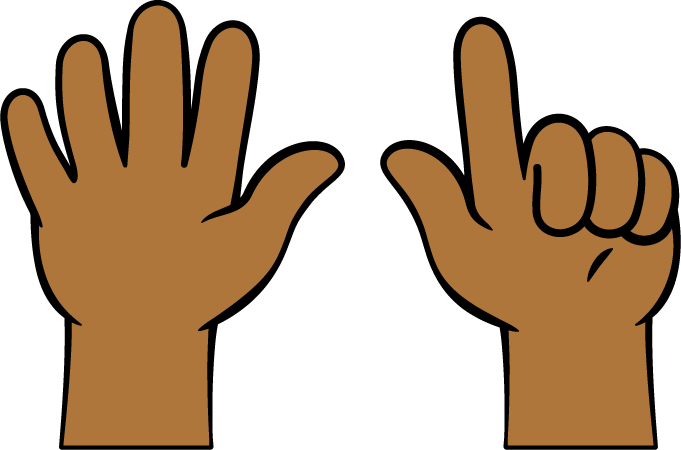 |
  |
Student Response
For access, consult one of our IM Certified Partners.
Activity Synthesis
- Display previously selected arrangements, such as:



- “What is the same about how _____ and _____ showed 14? What is different?” (They both used counters.They both filled in the 10-frame. _____ put the counters underneath the 10-frame and _____ put the counters next to the 10-frame.
- “Where do you see 10 in each person’s work?” (There are 10 counters in each 10-frame.)
- “Where do you see 4 in each person’s work?” (There are 4 counters underneath or 4 counters on the side.)
- Display “14.”
- “There are 10 counters and 4 counters. There are 14 counters. 10 and 4 is 14.”
Activity 3: Revisit Number Race, Numbers 11–20 (25 minutes)
Narrative
The purpose of this activity is for students to revisit stage 2 of the Number Race center. In an earlier variation, students traced numbers 11-20. Students practice recognizing and writing numbers as they roll a connecting cube onto the mat and write the number that it lands on. Students continue rolling and writing until one number “wins” (all of the numbers in the column are written). After students have written all of one number, they can finish writing the rest of the numbers. Students can use different colors or writing utensils during this center. Writing numbers backwards (“reversals”) and incorrectly forming numbers is expected in kindergarten. The emphasis is on students writing a number that is recognizable to others with practice.
After they participate in the center, students choose from any stage of previously introduced centers.
- Grab and Count
- Find the Pair
- Tower Build
Required Materials
Materials to Gather
Materials to Copy
- Number Mat 11–20
- Number Race Stage 2 Recording Sheet for Writing
Required Preparation
- Each group needs 1 connecting cube.
- Gather materials from:
- Grab and Count, Stage 1
- Find the Pair, Stage 1
- Tower Build, Stages 1 and 2
Launch
- Give each student a recording sheet. Give each group of students a number mat and access to colored pencils, crayons, or markers.
- Display the recording sheet.
- “We are going to learn a new way to play the Number Race center. What do you notice?” (The numbers are written at the bottom. There aren’t numbers to trace.)
- 30 seconds: quiet think time
- Share responses.
- “Instead of tracing numbers we will practice writing numbers. What do you do each turn when you play Number Race with your partner?”
Activity
- If needed, say: “Roll the cube onto the number mat. Find that number on your recording sheet and write that number in the bottom box. Take turns rolling and writing until you’ve written all of one number. That number is the winner.”
- 5 minutes: partner work time
- “Now you can choose another center that you would like to do. You can also continue playing Number Race.”
- Display the student page with center choices.
- Invite students to work at the center of their choice.
- 10 minutes: center work time
- If time, invite students to choose another center.
Student Facing
Choose a center.
Number Race
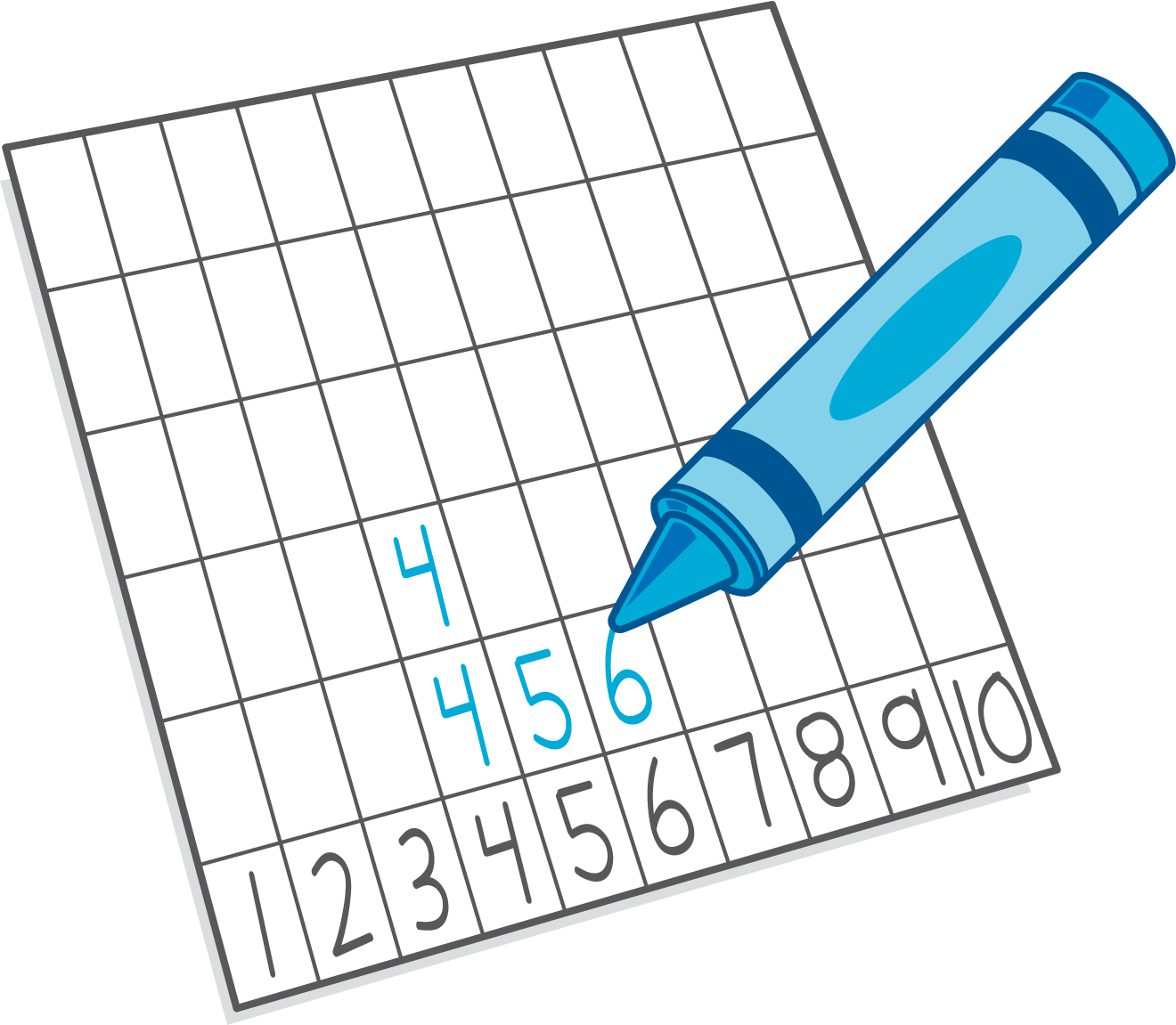
Grab and Count

Find the Pair
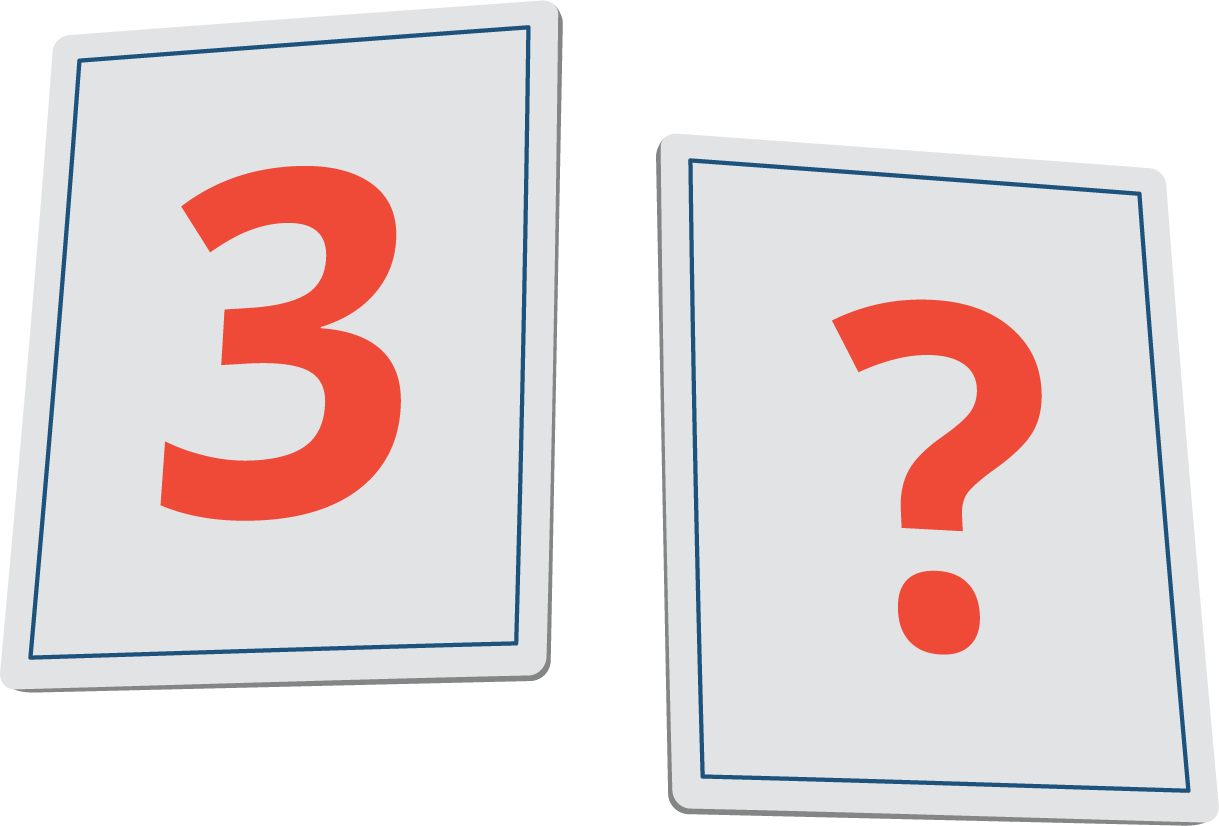
Tower Build

Activity Synthesis
- “Tell your partner something you noticed about writing the numbers 11–20.” (They all start with a 1 except 20. They all have 2 numbers. The second number gets bigger in each number. You don’t write them the way they sound. For example, fourteen sounds like you write a 4 first but you don’t.)
Lesson Synthesis
Lesson Synthesis
Cool-down: Unit 6, Section B Checkpoint (0 minutes)
Cool-Down
For access, consult one of our IM Certified Partners.